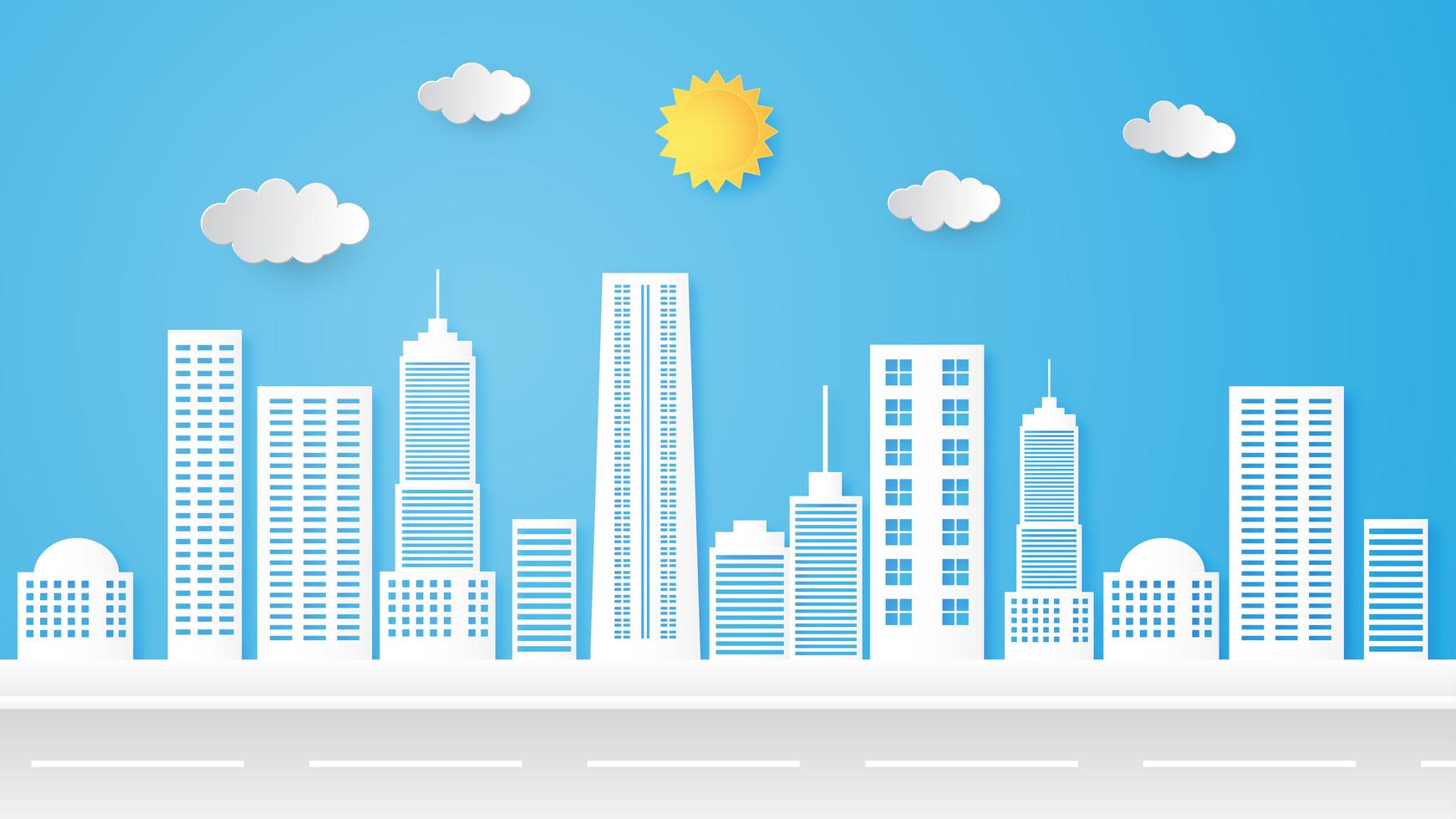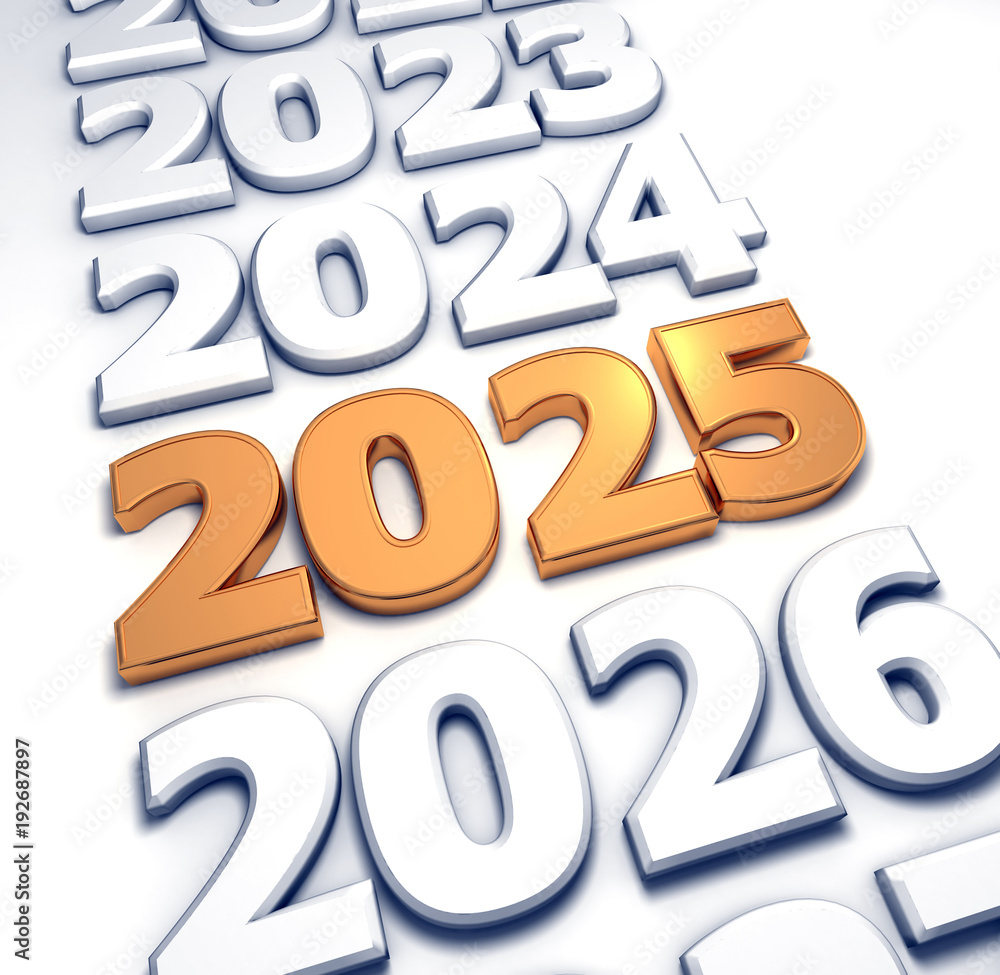 |
| (Source: vecteezy) |
In the quarter-century of years beginning with "2," one of the biggest phenomena in America (and other areas of the West) has been the resurgence of central cities. After more than half a century of losing ground to suburbs, cities are "back" with lower crime, new commercial and residential development, and cultural cachet. This is in the main good news: cities are gardens of social diversity as well as economic innovation, and use natural resources more efficiently.
Challenges remain. The resurgence was particularly noticeable back in the years 2005-2015, but even then was felt unevenly across American cities. In super-successful cities like San Francisco, attracting new residents sent real estate prices skyrocketing, resulting in displacement and homelessness; other cities like St. Louis have struggled to catch the wave at all. Particularly since 2020, changing work patterns have left downtown areas with swaths of unused office space at the same time they're struggling to house people.
🚄
A panel of experts convened by the Urban Land Institute (Nyren 2024) commends public-private partnerships, specifically ventures aimed at transforming downtown land use from commercial to residential. Andy DeMoss of the Chicago firm Bradford Allen began with:
They need to focus on the core issue, which is addressing the work-from-home movement. Anything else is most likely not going to be impactful enough to move the needle. Also, a number of city departments are not fully back in the office yet themselves. They need to push their workforce to be downtown, at least three to four days a week, to set an example for the private sector.
Since cities themselves can't force workers back to the office, they can try to create 24 hour areas. They can work on attracting recreational visitors (natural spaces, retail, and entertainment, along with better parking and public transit), as well as getting more housing built in mixed use projects near transit. Chicago, Cincinnati, Miami, New York, and Fayetteville, Georgia, were touted as successful examples. Sheila Ross of HKR in Atlanta summarized:
We need to find ways to activate these spaces year-round, ensuring they remain safe and enjoyable even without events. We have to plan for every day--not just game day. Additionally, the lack of affordable and market-rate housing is a significant challenge, compounded by parking minimums that restrict diverse housing development. Downtowns need equitable access. We must consider how to transform wide, car-centric roads into more human-friendly spaces that can accommodate light rail, bike paths, and spillover activities from local businesses.
🚄
Cities need to work with private entities to build financial and political support for any development, because cities aren't really in control of their own finances. Although when private firms are doing most of the driving, the projects are likely to reflect private profit more than public interest, the alternative is reliance on the national government as well as the states, some of whom are actively hostile to urban areas. In the face of Donald Trump's return to the White House, a Brookings Institution panel speculated on his administration's impact on a variety of urban issues. Trump has famously promised to punish cities that oppose his agenda, and indeed a lot of his support seems to be based on inflicting pain. Can anything move forward in these times?
The most optimistic submissions argue that local leaders can find ways to connect what they need with Trump's priorities. Adie Tomer's section on construction argues that momentum on projects begun during the Biden administration, as well as bipartisan interest in new housing, creates opportunities for federal-local cooperation: Understanding what Trump administration officials want--and persuasively making the case for local projects--could be worth millions of dollars for many communities. It's wise to make calls to newly appointed officials, listen to agency-hosted webinars, and consume any other information that can help make submissions as attractive as possible.
 |
He likes building, doesn't he? Possibly
President Trump can be sweet-talked into supporting infrastructure projects,
like this reconstructed intersection in Cedar Rapids |
Other pieces of a similar bent talk about policies that can help working class and nonurban constituents, including Annelies Goger on work-based learning, Joseph W. Kane on infrastructure projects, Molly Kinder on workforce issues related to artificial intelligence, and Tracy Hadden Loh on strengthening opportunity zones and access to community capital. (I'm not seeing this sort of thing at all here in Iowa, though, where for years Republicans have appealed to working class and nonurban rage without addressing their economic issues.)
Other pieces from the Brookings survey argue either that Trump's ideology will need to bend to practical local imperatives--William H. Frey on immigration, Xavier de Souza Briggs on antidiscrimination and diversity, Manann Donoghoe on climate via industrial policy disaster relief and local innovation--or that momentum behind certain policy directions is sufficient to sustain those policies in spite of Trump's opposition. Hanna Love argues that while the U.S. Department of Justice is sure to lurch towards the punitive, States can enact their own legislative reforms and investigations into police accountability, and importantly, many of the preventative investments needed to improve public safety are under the purview of local governments. Similar hopes are expressed by Mark Muro on sustaining local technology development, and Joseph Parilla on CHIPS and Science Act funds.
 |
Derecho, August 2020:
The climate won't wait for the next election |
The most pessimistic pieces involve the administration's ability to act, or to choose not to act, unilaterally, in ways that impact localities. These include Farah Khan on protecting marginalized communities, Robert Maxim on connecting underrepresented workers to the digital economy, Andre Perry on sustaining the growth of the still small proportion of black-owned employer businesses, and Martha Ross on deportation and "downstream effects." Maxim, for example, argues Growing the number of underrepresented workers in the digital economy will require new [congressional] investments in digital skills development and digital infrastructure, increased access to capital, and more robust place-based investments into underrepresented communities. And Congress remains the most essential actor for investing in tribal communities because of its so-called "plenary power" over Native nations.
🚄
It surely will be difficult for cities to find allies in their dealings with the administration, whether their approach is cooperative or defiant. Pete Saunders (2024) argues cities always struggle in the face of American anti-urban bias. Individualism has been baked into America since the Founding, he says, beginning with how the Confederation Congress chose to organize the land between the Appalachian Mountains and the Mississippi River won in the War for Independence (accessible to speculators, centered around farms). As a result, America struggles with doing things that work toward the common good, and has a firm belief that improving the lives of individuals is the best way to improve the common good. Therefore:
American cities seem almost incapable of capitalizing on their assets, of routinely and easily making the case for greater investment from the federal and state levels of government. We struggle to make public transit investments. We struggle with implementing good placemaking practices. We struggle with undoing bad urban policies, and instituting good ones.
🚄
If we can't agree to fund public transit or build enough housing, we're definitely not going to get to the cities Nika Dubrovsky and David Graeber imagine in their book Cities Made Differently (MIT Press, 2024). The executive version presented on the blogs Wiki Observatory and Naked Capitalism offers four visions, the most appealing of which is the City as a Family, "a city without any strangers, where everything is shared, and everyone looks after each other. There are no shops, no money, and no danger at all" (Dubrovsky and Graeber 2024). The result would be the common good, with the catches that historical communes frequently devolved into dictatorship, and while America suffers from an excess of individualism, having too little autonomy would be bad as well. Two other cities--the City of Greed, and the City of Runners, whose endless competition seems closest to our contemporary experience--are dystopian, and offer tendencies to be avoided. The fourth, Underground City, is a challenge to human physiology, as many noted in the comments.
 |
| Source: Adananette |
Prediction is fraught with unknowns, but it's safe to say the city of 2029 will probably look, feel and act a lot like the city of 2025. If in the interim policies are enacted to make the rich even richer, and to reduce the problem-solving capacity of government at all levels, as seems most likely, they will be felt most immediately at the margins of society, and will only be widely impactful over time. Still, the path we are on does not seem resilient, and missed opportunities are likely to be rued later.



















